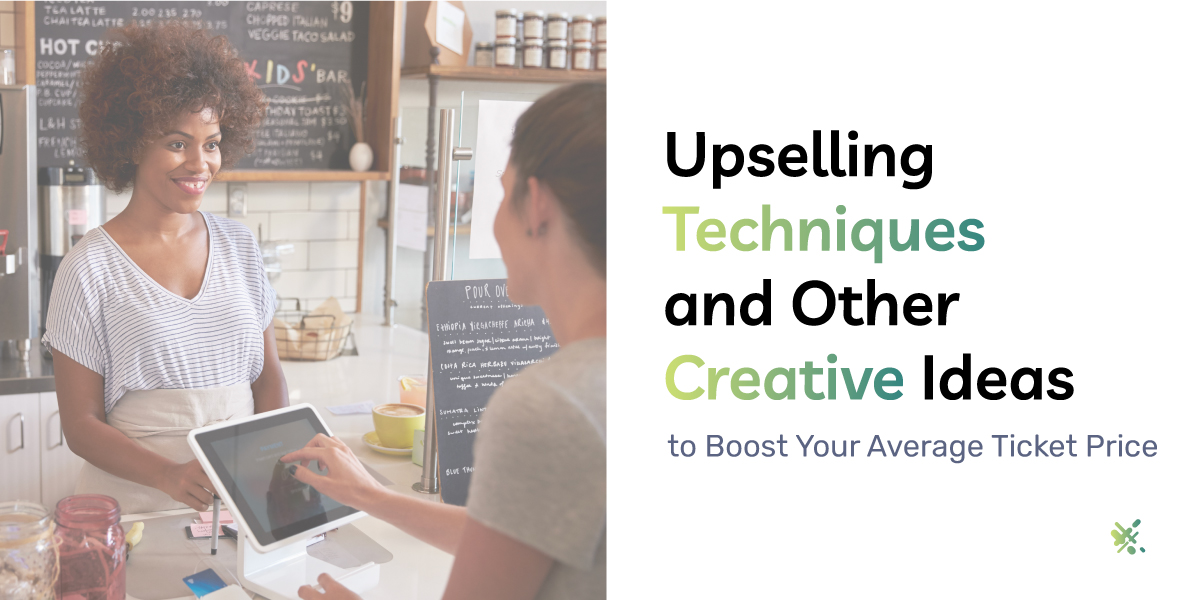Upselling techniques emerge as a cost-effective strategy to boost business revenue. While attracting new customers is vital, the key lies in increasing the average ticket sale amount of your existing clientele.
Yes, every business should still be actively acquiring new customers, but this is expensive and requires a lot of resources to grow revenue. That means it is often difficult to scale beyond a certain threshold.
A much more cost-effective strategy is to boost the average ticket price of your existing customers through upselling, cross selling, loyalty programs, promotions, and more. These cost far less money than acquiring new customers, and if done properly, you could end up with happier customers.
This article explores upselling techniques, its benefits, and creative strategies to elevate your revenue without the high costs of acquiring new customers.
What Is “Average Ticket Price”
Your average ticket price (ATP) is a metric used in many retail environments. It measures the average amount that customers spend while making a purchase. This metric is often measured over a specific period of time so that trends can be seen, either increasing or decreasing.
If your business uses a POS (Point of Sale) system, you likely already have access to this metric within the POS system’s analytic software for sales data.
However, it’s also easy to calculate manually. You simply divide your total revenue by the number of individual transactions.
Total Sales/Number of Tickets = Average Ticket Price
You can calculate this for the lifetime of the business, but as mentioned, a specific time frame is better and will yield more information. For example, running this number every month or every quarter to spot trends.
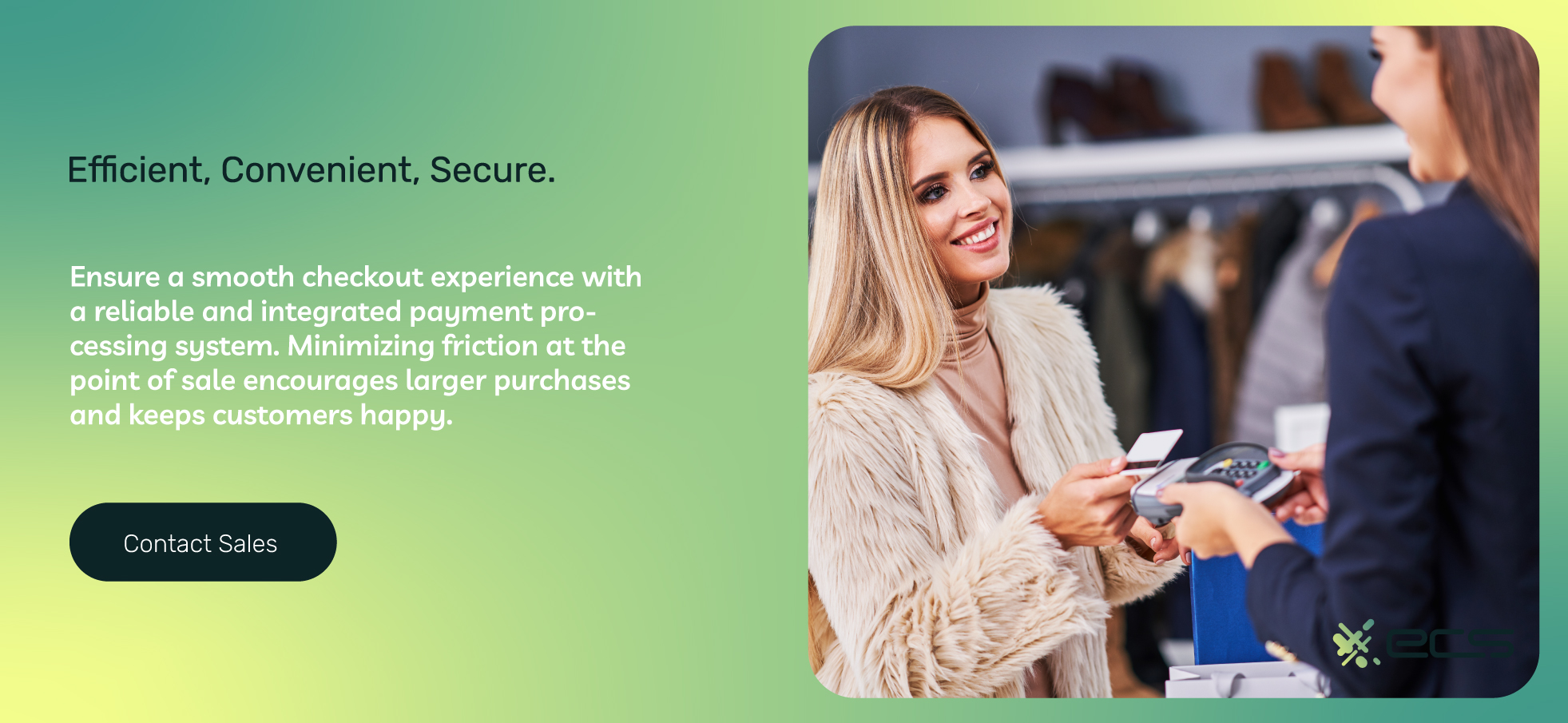
Benefits Of Boosting Average Ticket Sale Amount
For most of this article, we will look to boost average ticket amounts to increase revenue. However, this metric has other benefits as well.
Monitoring Marketing Campaign Success
Tracking average ticket sale amounts can help determine how well your promotions are performing. One example is if you introduce various discounts. Many businesses run these kinds of promotions where certain products are on sale on specific days.
It’s important to track your average ticket amount during these promotions because there may actually be a dip in average ticket amounts due to specific promotions. Depending on the circumstance, your promotion may actually be decreasing total revenue.
This is why it’s important to track this metric and make sure it’s stable or rising after running a promotion or marketing campaign. If not, you may be harming your revenue without realizing it.
Accurate Forecasting
Having a handle on your average ticket sale amount also allows you to make more informed forecasting decisions. This can be helpful for budgeting and also if you need to secure lines of credit.
Better Pricing Strategies
One critical area of business is knowing the maximum amount a consumer will pay for a product or service. By closely monitoring the average ticket price and using strategies to boost it, you can start to gain insight into the maximum that your customers will spend.
This allows you to make much better pricing decisions for your regular pricing and promotions.
What Is Suggestive Selling?
In order to increase the average ticket amount, you have to get your customers to buy additional products. This happens when your employees suggest various products the customer may be interested in.
This is referred to as “suggestive selling,” it is one of the easiest and fastest ways to increase average ticket sales. It’s suggestive, meaning the offer is suggested at some point during the buying process.
Some of the best suggestive selling examples are common in car sales, where the salesman will suggest warranties or enhanced option packages. Or McDonalds, “Would you like to Supersize that?”
It’s important to note that suggestive selling techniques don’t just mean pushing random products on your customers. Instead, these items should be a curated selection of products to match varying customers based on their current purchase or interest.
By suggesting these types of products, customers often find the suggestions helpful instead of annoying or pushy. They are also more likely to become regular buyers of the suggested items since they align with their preferences.
What Is Upselling?
Upselling techniques are essentially the same as suggestive selling. The terms are often used interchangeably by marketing professionals. Cross-selling is another term that is often used and very similar.
What Does Upsell Mean?
Technically speaking, the upselling definition refers to offering a more expensive option than what the customer is currently buying. Cross-selling is offering them additional products in a different category than what they are currently purchasing.
However, many times, upselling and cross-selling are used interchangeably. The suggestive selling definition essentially covers all forms of these forms of upselling.
For simplicity, though, we’ll use the term upselling in this article to refer to offering various additional products to your customers.
Upselling techniques in retail, upselling techniques in restaurants, and upselling techniques on e-commerce stores are similar, and businesses can use these same techniques. Upselling techniques for eCommerce stores can also be applied to businesses that offer online ordering for pick-up or delivery.
Overall, upselling is a sales technique that all businesses should be using, and we’ll give you some tips on how to best go about it in the next section.
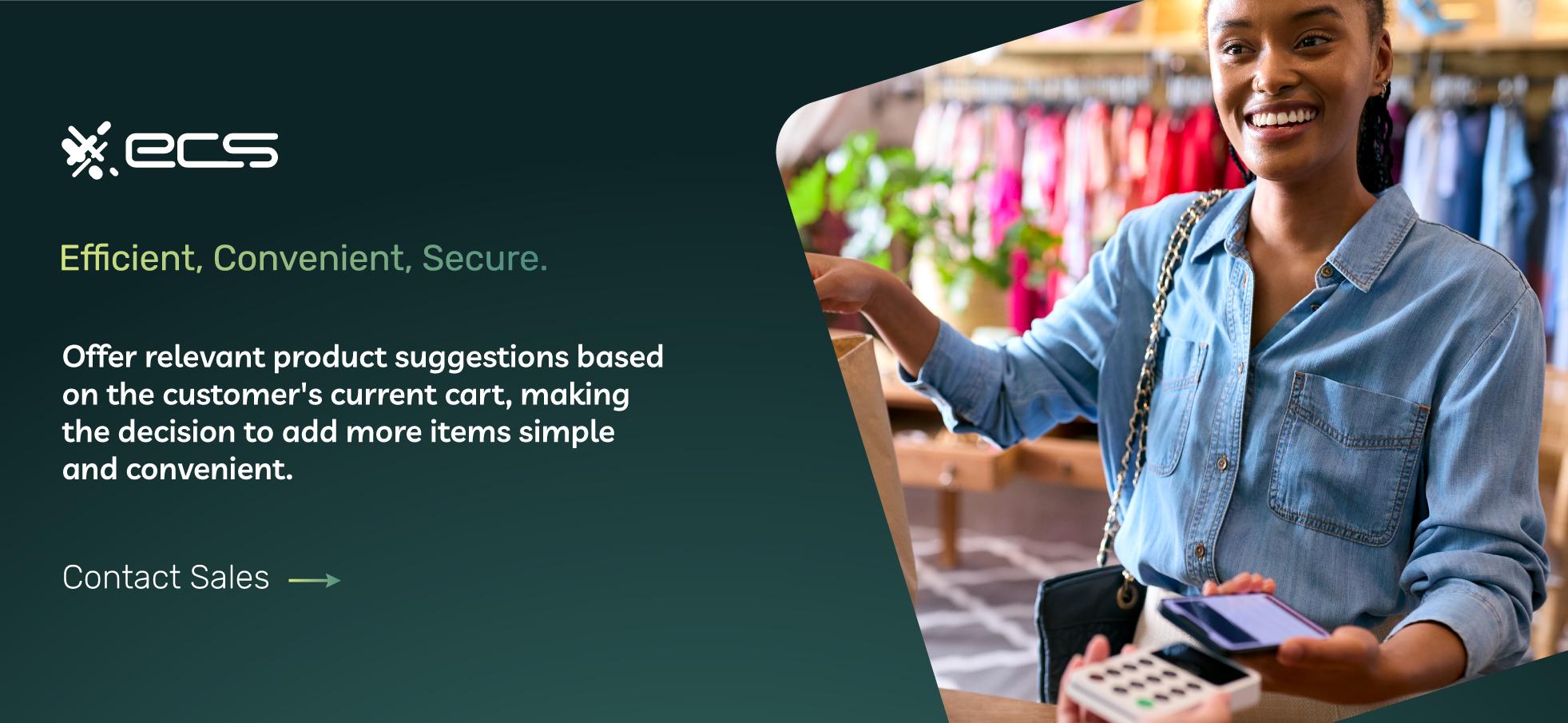
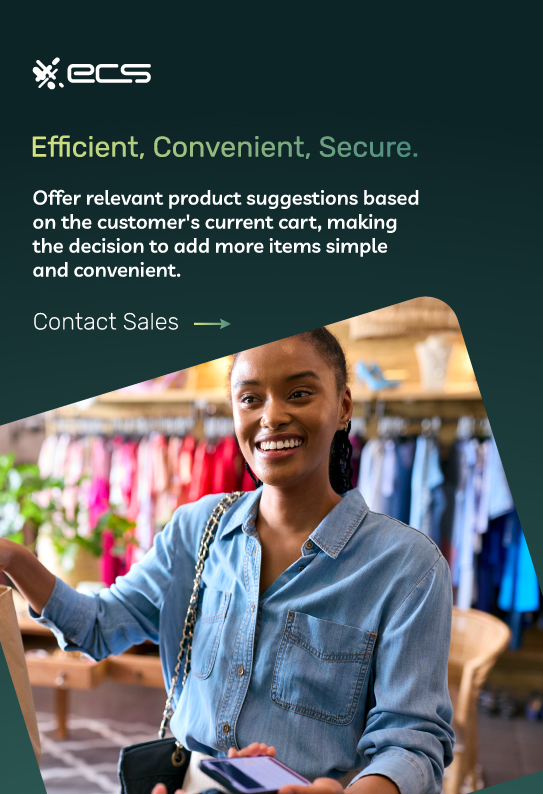
Choosing the Right Products To Upsell
You have to choose the right upsell products and amounts for a successful upsell strategy that boosts the average ticket price.
If your upsell products are too expensive, it will raise the ticket price beyond what the customer is comfortable with, and they will likely refuse. If the price is too low, you’re leaving money on the table.
In general, adding 25% or more to a customer’s order is considered the ceiling. Anything beyond that is likely to fail and result in customers balking entirely.
The sweet spot to begin your upselling is around 10% to 15%. If you start at the low end of 10% and notice your ATP metric quickly increases with little resistance, you can try for a higher number approaching 15%.
If you’re still having success at 15%, you can try for higher amounts until you notice the ATP start to plateau or drop off. However, this becomes risky as you may alienate customers as you gather your data.
For most businesses, 15% is a good target and where to settle if the rest of your sales metrics look good.
By this point, you should already know your ATP. So, the goal now will be to search for items you can upsell to raise that amount by the target 10% to 15%. For each business, this will be different depending on your starting ATP.
Choose several products from different categories. Choose a few from each category that can add the target amount to the ticket price and suggest each one based on the customer’s existing purchase.
Other Methods For Boosting Average Ticket Amounts
So far, we’ve mostly dealt with using upselling to increase your average sale amount. But other methods are just as effective. Combining upselling and some of the following methods can help grow your average ticket amount quickly.
Create A Sense Of Urgency Around Promotions
Most businesses already run promotions of one kind or another. One promotion we often see is discounts offered for different days of the week.
This can help with repeat business, but if the promotion runs for too long and is unchanged, it can become stale and predictable.
In the marketing world, a stale promotion is likely, not effective anymore at driving sales, and you’re essentially just selling items at a discount for no reason.
Instead, create a sense of urgency. This urgency will cause customers to “stock up” if they believe a promotion may not come around again. This stocking-up behavior drives average ticket prices.
If your customer knows the same products will be on sale again next week, they have no reason to buy more than they normally would.
Creating this sense of urgency starts with your promotions, but it also has to be communicated by your employees. Your signage or menu board should also clearly state when deals are ending to help create a sense of urgency.
Use A Loyalty Program
Loyalty programs work especially well for retail businesses. These can be integrated into your store’s POS system so they don’t slow down the checkout process.
Once implemented, you can tailor your rewards to achieve the desired result. In this case, if you want to increase average ticket sales, you will create perks and rewards at certain purchase thresholds.
To do this, look at our current ATP. Let’s say your average ticket sale is $43, and you want to increase it by 10% as a starting point. Your target ticket amount would then be $47.30. You could then offer a perk or reward for all purchases over $50 to make it a nice, even number.
This way, if someone is close to the threshold, which they likely will be because that’s your ATP, they will purchase one extra item to go over and receive the reward or perk.
When using a loyalty program, you want to set your rewards and perks to achieve a specific result that you can then measure, such as ATP.
Leverage Personalization
Using personalization can help to increase average ticket prices. Personalization is tailoring suggestions and offers based on the individual customer instead of having blanket promotions or offers used for everybody.
A loyalty program is one of the easiest ways to capture the data needed for personalization. A loyalty program will show the customer’s history and purchases, which can be used to make the perfect upsell. This can be done in person or via an eCommerce platform if your business offers online ordering.
This can go a step further and become part of your promotional campaigns. If you send out email or SMS promotions, the more personalized they are, the higher their success rate. This means higher average ticket prices as those customers spend more money to take advantage of the targeted promotion.
Personalization is an area of growth among businesses, and it works especially well for a business looking to boost revenue in a competitive marketplace.
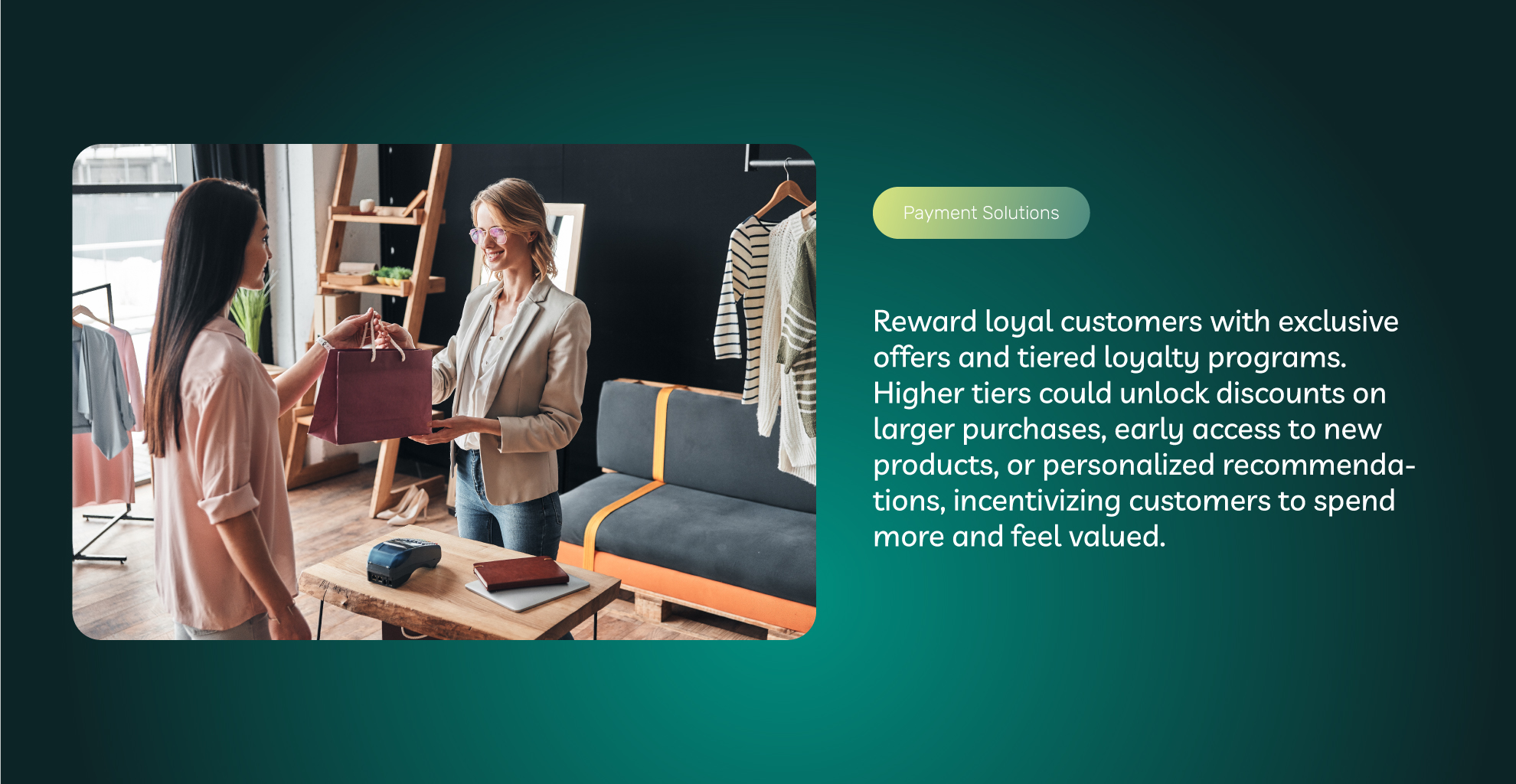
Complimentary Samples
Provide complimentary samples of premium or new products with qualifying purchases. Customers love to try before they buy, and this can entice them to explore additional items they might not have considered otherwise. For instance, a cosmetics store could offer free samples of a high-end skincare product with the purchase of a certain makeup item.
Educate Employees On Boosting Average Ticket Amounts
In your business, your employees will be most responsible for upselling. To do this job properly, they’ll need the proper resources and instructions to effectively upsell without being pushy or overly aggressive. eCommerce upselling techniques, of course, would use a different strategy.
Below are some tips to help set your employees off on the right foot when upselling
Know The Products
Your staff likely already know most of the products. But make sure they know about the upselling products you have chosen to promote. Having an in-depth knowledge of these specific products will help them answer any customer questions.
Time The Upsell
You need to choose the right time to suggest the upsell. For most businesses, this will be right before the customer gets ready to check out. You don’t want to wait too long and suggest something as they are already checking out. The customer generally just wants to complete the transaction by that point.
The best time is between when they choose their main product and the checkout process begins. During this phase, the customer is still shopping and will be open to new product suggestions.
For an online store, the best time is generally as the customer is shopping. You can do this by showing related products. When the customer views their shopping cart, this is another opportunity to upsell.
Ask Questions
During the initial sales process, have your salesperson ask questions related to the items they may suggest to upsell. For example, ask if the customer has tried your new release product. These casual questions can give the staff insight into what additional products the customer may be open to.
Customer Experience
Customer experience (CX) is your customer’s combined experience as they make contact with your brand or business. This can be everything from visiting your website, pulling up to your store, walking through the front door, and being greeted by your employees.
Each point of contact makes up the customer experience. The better this experience is, and the more each aspect aligns with your brand image, the higher the probability of that customer spending the maximum amount they plan to.
It’s much easier for customers to slightly exceed their budget when they’re in an environment that is clean, welcoming, and branded in a way that meets their expectations and lifestyle around your product.
As a business owner, visit your own website and look up your various product pages or place an order. Does it feel right, and does the whole process match your brand?
Does your checkout page display alternate purchases that relate to what is in the shopping cart? These eCommerce upselling techniques can easily be added to most e-commerce platforms where you’ve likely built your website.
The same goes for inside your business. Make sure that any signage or menu boards are optimized for your branding. You can also consider seats or a small seating area if your business doesn’t have one. This area can be used for consulting new customers, and the added comfort makes upselling much easier.
Every business will be different when it comes to providing the right customer experience. But always be on the lookout for problem areas that may be making your customers uncomfortable and try to improve them.
Bonuses for Effective Upselling Techniques
If you’re using a POS system, such as those offered by ECS, then you can analyze your employees to determine the average sale amount and other performance metrics. With this data, you can set up a bonus structure to reward your staff when they upsell effectively.
For these kinds of rewards, it’s best not to have a single award. This can set up competition and often leads to an unhealthy culture within the business. Instead, try to have different reward tiers that your staff can strive for.
Depending on what works best for your business, these tiers can have rewards such as product discounts or cash bonuses.
Another benefit of keeping track of individual employee performance is that if one employee stands out, you can try to duplicate their sales techniques among your other employees.
When it comes to upselling, there will always be some variations among employees and their success. Some people are generally more persuasive, and others may get a good string of customers who are big spenders.
But it’s important to try to raise the bar for everyone and lift everyone to a performance baseline when it comes to upselling effectiveness.
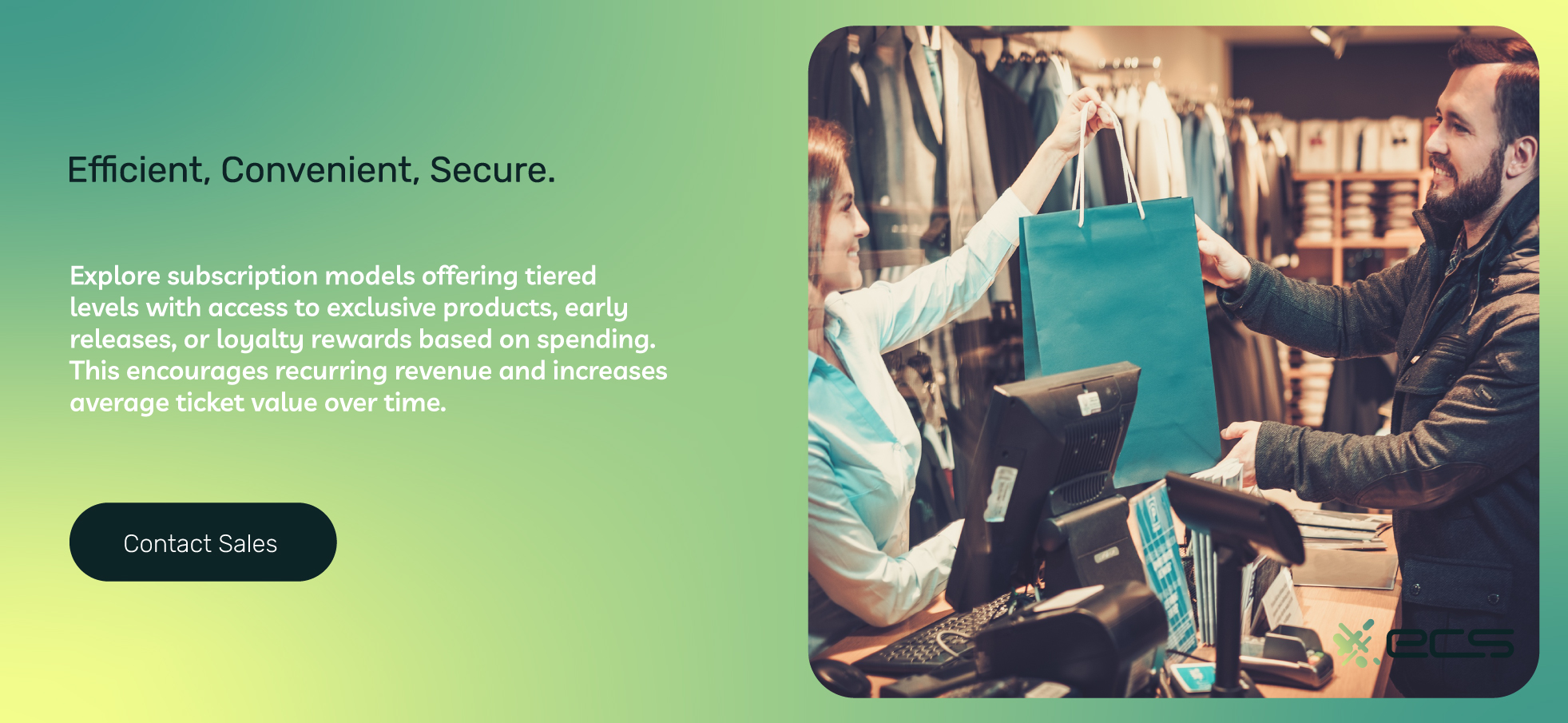
Use Sales Data to Look For Hidden Upsell Gems
If you’re using a POS system to its fullest, you should have access to detailed sales data regarding your products. Keep tabs on these to see what items are selling and which are not. This can give you insight into what products you could suggest to customers.
Trends often start showing up in sales data before your staff is even aware of it. By noticing these trends and pushing these products, you can increase your ticket amounts and help build momentum for an already popular product.
Use Dynamic Offerings
Most retailer’s business comes from locals and regulars. However, businesses can sometimes be tourist destinations. When tourism peaks in your area during holidays or certain seasons, use this opportunity to promote your higher-margin and higher-priced products. Tourists and visitors are generally open to spending more while on vacation.
Make sure that you identify when you may have an influx of new customers and plan your promotions and upsells accordingly to match their increased budgets.
Bundle Offers
One effective method to encourage customers to spend more is by offering bundled products or services at a slightly discounted price compared to purchasing them individually. Bundles create a perception of added value, and customers are more likely to opt for the package deal.
For example, if you operate a spa, you could bundle a massage with a facial and a complimentary spa gift, enticing customers to indulge in a more comprehensive experience.
Increasing Average Ticket Prices With Integrated Payment Solutions
These additional strategies complement the core principles of upselling and suggestive selling, offering innovative ways to enhance the average ticket sale amount. By diversifying your approach and experimenting with these creative techniques, you can discover what resonates best with your customer base and further optimize your revenue-generating efforts.
Remember that a combination of these methods can yield the most significant results, so tailor your approach to suit your specific business and customer demographics.
While upselling and suggestive selling are potent strategies to increase your average ticket sale amount, it’s essential to have the right payment processing system in place to seamlessly execute these techniques. One crucial aspect is the integration of payment solutions into your business operations.
ECS is a leader in payments and financial services. From retail-specific POS systems to online “card-not-present” transactions, ECS can help you take control of your Retail or e-commerce business.
Frequently Asked Questions About How to Boost The Average Sales Ticket
The Average Ticket Price (ATP) is a metric that measures the average amount each customer spends per visit at your business. Monitoring this metric can help you to better understand customer spending trends, the success of marketing efforts, and also helps to make informed pricing decisions moving forward.
Upselling is offering customers a more expensive or higher-quality option compared to what they are currently looking at. Whereas suggestive selling is when employees suggest additional products to complement what a customer is already interested in or purchasing, making it one of the fastest ways to increase the average ticket sale.
To upsell products efficiently, businesses should aim for an average ticket price increase of 10% to 15%. Products should be carefully selected and staff should avoid sounding pushy or offering products or services that would not provide additional value to the customer. Be sure to showcase how this upsll will bring higher value.
Other than upselling, businesses can implement loyalty programs, create a sense of urgency around promotions, provide complimentary samples, and enhance their overall personalization and customer experience. Combining some or all of these methods along with upselling can boost your average ticket amount.
